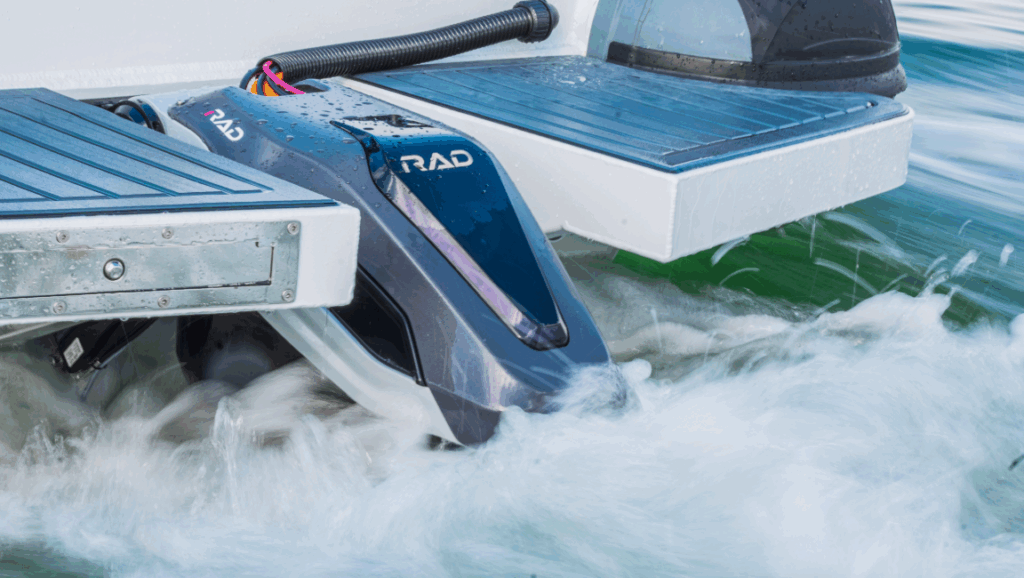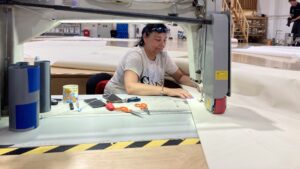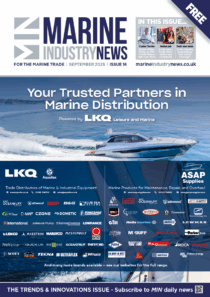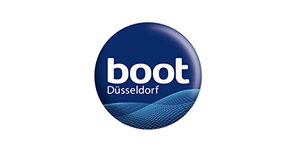Electric drives bring elephants to the hull – RAD’s quiet system key to wildlife photography
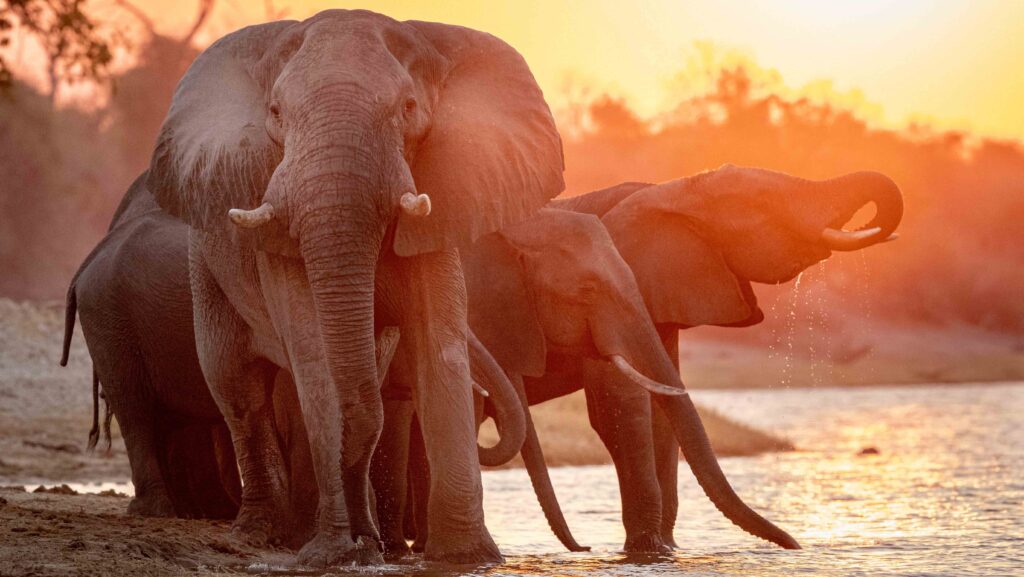 Image courtesy of Charl Stols
Image courtesy of Charl Stols
With its animal-rich landscapes and dollar-rich tourists, the continent of Africa is ripe for sustainable marine businesses willing to lean into the Western-driven consumer-desire for green experiences. And RAD Propulsion, a British developer of advanced electric boat drive systems, has found just the partner to start that process. It’s joined up with Pangolin Photo Safaris which bills itself as Africa’s ‘leading wildlife photography-safari specialist’.
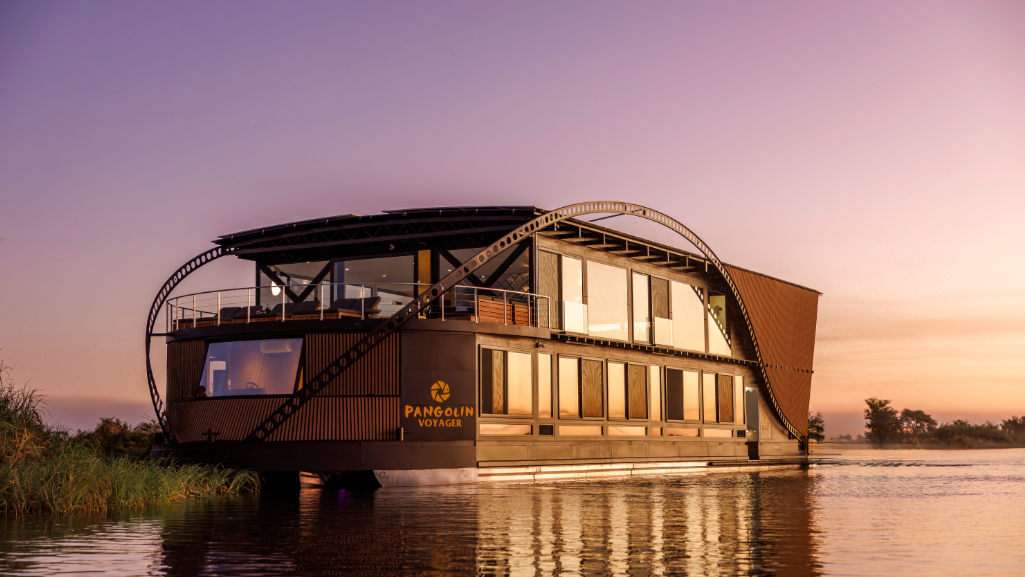
RAD’s RAD 40 electric outboard system will be used to power a new 32 metre houseboat that the safari company’s had built in Windhoek, Namibia. The 10 metre wide trimaran’s made by Edelstalbau which manufactures stainless-steel framed boats in its factory, before taking them apart and then shipping them to where they are needed. This one was driven (1200km) on several trucks to Katima Mulilo in the Caprivi Region. It was assembled on the Zambezi River (which is full of crocodiles) before its maiden voyage to the Chobe. It’s a trimaran with the four RAD engines sitting in between the three pontoons—two at the front and two at the back.
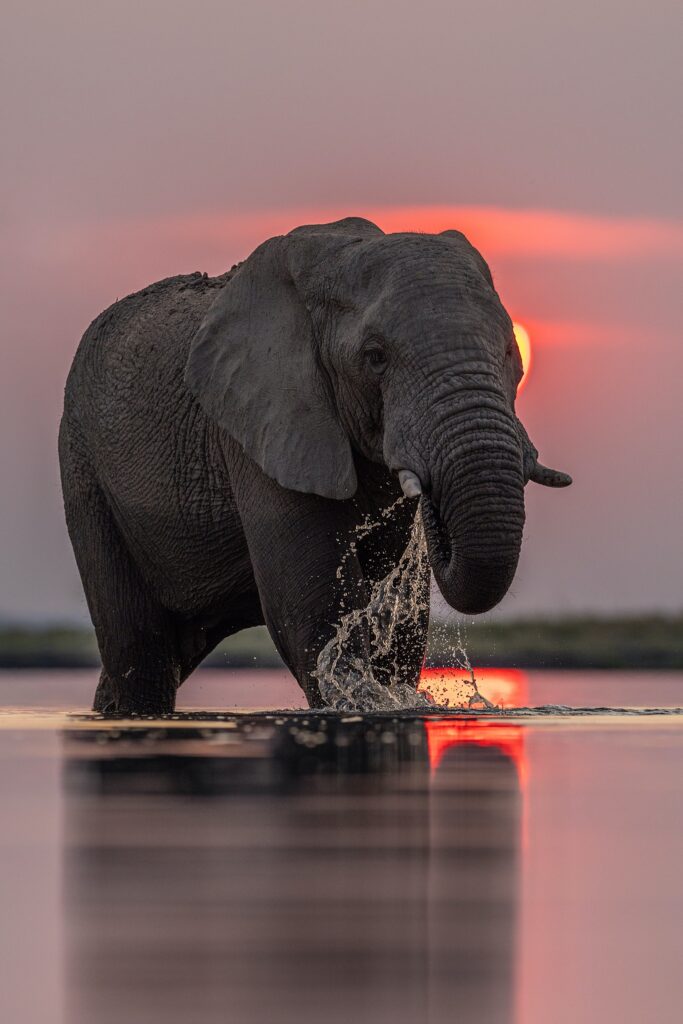
These houseboat behemoths are super-popular in many countries as they’re able to access the shoreline among the elephants, crocodiles and hippos.
Silence is a premium factor in getting really close to wildlife.
Pangolin will be operating this boat in Botswana, on the Chobe River (which forms a natural border between Namibia and Botswana). There’s more information about the type of holidays it offers available on its website.
The newly built Pangolin Voyager has three different mooring spots, visited over the course of guests’ stays, alongside a specially designed eight-seater photo boat for morning and afternoon safaris. The latter’s also powered by RAD and recharges from the main houseboat. It operates during optimal lighting conditions for taking snaps, without the worry of engine noise and vibrations disrupting the wildlife.
The houseboat is equipped with four RAD40 drives and two RAD 61 kWh batteries and is powered entirely by onboard solar panels. Said to be fully self-sustaining, it offers a silent and sustainable way to explore one of Africa’s wildlife-rich waterways.

“Pangolin Voyager represents the culmination of our vision to create truly sustainable wildlife experiences without compromising on comfort or photographic opportunities,” says Toby Jermyn, co-owner of Pangolin Photo Safaris.
“By harnessing solar power and incorporating electric propulsion, we’re not only reducing our carbon footprint but actually enhancing the safari experience through quieter cruising, allowing our guests to get closer to the amazing wildlife.
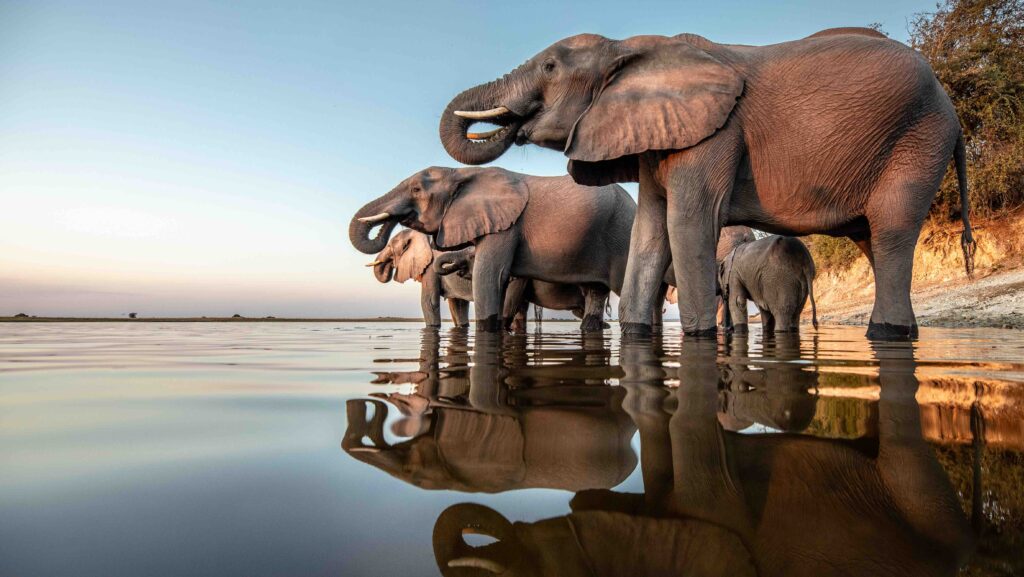
“We conducted an extensive search for the right partner to solve the propulsion question during the build and were delighted when we found RAD Propulsion.
“Their drive design was like nothing else we found and was complemented by the ‘can-do’ attitude from their engineers. Choosing RAD Propulsion to partner with us on this build was an easy decision.”
The RAD 40 system is a complete plug-and-play solution for electric propulsion, designed from the ground up to maximise the benefits of electric power. Key features that make it ideal for the Pangolin Voyager include its silent operation, its compact design (maximising space onboard) and integrated 180° steering (offering precise docking and navigation of narrow channels).
Pangolin Voyager has five ensuite cabins, configured as either doubles or twins, accommodating up to 10 guests.
